Fighting Fire with Fire: How Quantum Mechanics Can Secure Data, Not Just Break It
Editor
Jun 21, 2025
min read
3 views
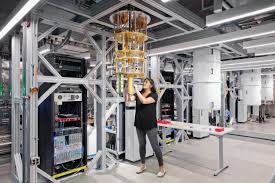
While the rise of quantum computing poses an existential threat to current encryption, the same principles of quantum mechanics also offer a revolutionary way to secure communications. Beyond the race to develop quantum-resistant software algorithms, a parallel field of quantum security technology is emerging, promising a new paradigm of 'provably secure' communication. The most mature of these technologies is Quantum Key Distribution (QKD).
QKD is a method for two parties to generate and share a secret random key, which can then be used to encrypt and decrypt messages using traditional symmetric algorithms like AES. Its security does not rely on the computational difficulty of mathematical problems. Instead, it relies on the fundamental laws of physics.
The process works by encoding bits of the key onto individual quantum particles, typically photons of light, which are sent over a dedicated optical fiber link. These photons are prepared in specific quantum states (e.g., representing their polarization). According to the no-cloning theorem in quantum mechanics, it is impossible to create an identical copy of an unknown quantum state. Furthermore, the observer effect dictates that the very act of measuring or observing a quantum system inevitably disturbs it.
This is the genius of QKD. If a third party (an eavesdropper, or 'Eve') attempts to intercept the photons to read the key, her measurement will unavoidably alter their quantum states. When the two legitimate parties (conventionally named 'Alice' and 'Bob') later compare a subset of their results over a regular, authenticated channel, they can detect these alterations. If the error rate is above a certain threshold, they know someone is listening in. They can then discard the compromised key and start the process over. If the channel is secure, they can distill the shared information into a provably secret key, secure in the knowledge that it is known only to them.
This provides a level of security that classical cryptography cannot match. An adversary with a quantum computer can break RSA, but they cannot break the laws of physics that underpin QKD. This makes it an attractive solution for securing high-value, long-term communications.
Real-world applications of QKD are already being deployed. Financial institutions in Switzerland use QKD networks to secure banking transactions between data centers. In South Korea, a large-scale QKD network protects sensitive public sector data. In 2024, NASA announced it was using hash-based signatures (a form of PQC) and exploring QKD for ultra-secure satellite communications. These systems provide an unparalleled layer of security for the exchange of encryption keys.
However, QKD is not a silver bullet that replaces all other forms of cryptography. It has significant limitations. Firstly, due to signal loss in optical fibers, current QKD systems are typically limited to distances of around 100-150 kilometers. To go further, 'trusted nodes' are required, which essentially decrypt and re-encrypt the key, creating a point of vulnerability. Secondly, QKD systems are expensive, requiring specialized hardware like single-photon detectors. Thirdly, QKD only solves the problem of key distribution; it does not handle authentication, which still requires classical, PQC-based digital signatures to verify the identities of the communicating parties.
Because of these limitations, the future of quantum-safe security is widely seen as a hybrid model. Organizations will use PQC algorithms to protect stored data and for most digital signature applications. For securing high-value communication links, such as those between data centers or government facilities, QKD will be used to generate and frequently refresh the symmetric keys used by link encryptors. This combination of PQC's mathematical resilience and QKD's physics-based security creates a robust, multi-layered defense.
Another emerging quantum security technology is the Quantum Random Number Generator (QRNG). Truly random numbers are critical for generating strong cryptographic keys. QRNGs leverage the inherent randomness of quantum mechanics to produce numbers that are provably unpredictable, offering a higher level of security than the pseudo-random number generators used today. As our digital world prepares for the quantum age, it's clear that the very science posing the threat also holds the key to a more secure future.
Editor
League Manager Editorial Team


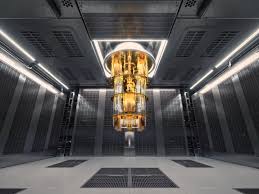
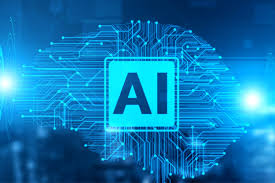
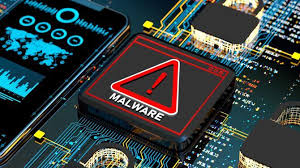
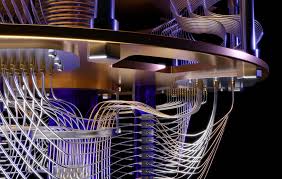
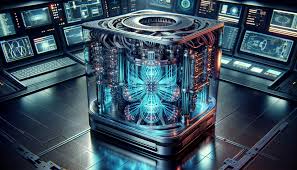
Leave a Comment